T4America launches new state transportation network during ‘historic’ gathering in Denver
Representatives from 30 states – business leaders, legislators, local elected leaders, advocates and others – gathered in Denver’s historic Oxford Hotel and its newly reopened Union Station for our Capital Ideas conference to learn how states can raise money for smart, 21st century investments in transportation. Judging by the enthusiastic engagement over two days last Thursday and Friday, it felt like the start of something big.
We should be clear at the outset that T4America and our alliance are in no way disengaging from the fight for a federal transportation program that’s worthy of our national aspirations. We do think the federal role needs to change to one that is more supportive of local needs and initiatives, within a broad range of flexibility.
From that perspective, the launch of our state transportation advocacy network last week is a perfect fit. For the sake of their economies, states also ought to be investing in keeping infrastructure in good shape, while enabling the cities and towns where their people live, work and pay taxes to raise their own transportation dollars to advance critical priorities. A growing number of state leaders have begun to grasp that notion and are beginning to act on it.
Our top-shelf array of speakers last week underscored what our regular readers know: The days of easy transportation money with little accountability for spending it are gone.
Joung Lee, the newly minted policy director at AASHTO laid out the prognosis for funding and pointed out that, with gas tax receipts declining and the price of materials going up, transportation spending as a share of GDP is headed for an historic low. The key obstacle to fixing that? “People have no idea what they pay for or what they get for it.”
States will continue to lean on federal contributions for the foreseeable future, but increasingly are called on to fill the growing gap between needs and resources, said Stephanie Pollack, associate director of research at Northeastern University’s Dukakis Center. She has carefully tracked such recent efforts in several states and culled eight lessons for states considering either statewide measures or enabling legislation allowing communities to take funding issues to the ballot.
Among the most important: Be clear on the benefits to voters (not just “the economy”), tout them regularly, and poll to see if you’ve been heard. Another key point: Be clear on who is responsible for getting the projects done and how they will be held accountable. And, perhaps most importantly, be prepared to remain engaged on the issue for a long time.
“It’s not, ‘We do this once, we go home and don’t do it anymore,’” Pollack said. In today’s climate, revenue measures require multiple tries, and even then are apt to be bites at the apple rather than sweeping, years-long solutions. “We need to do it every year.”
Because local governments are more trusted and voters see transportation needs through a local prism, Pollack advised a greater emphasis on raising dollars at, and/or funneling them to, the community level.
As problematic as the gas tax has become, both as a political proposition and as a stable revenue source, the next decade will see big changes in how money is raised for transportation, said James Whitty, manager of alternative funding at the Oregon Department of Transportation. Whitty is overseeing the nation’s boldest experiment with “road user charges” (RUC), or per-mile fees, as a replacement for or supplement to fuels taxes.
Under a state law passed last year, Oregon is recruiting 5,000 volunteers to try out a couple of methods of tracking and collecting an RUC – without using a GPS device. Within five years, Whitty predicts, some share of the vehicle fleet will be required to use it. Meanwhile, ten western states, including California, Washington, Utah and Texas, have formed a consortium to work toward implementing a multistate RUC. “I predict that system will be up and running within ten years,” he said.
Panelists from Minnesota, Massachusetts and Indiana shared insights on battles – some victorious, others not – in their states. Mark Fisher, vice president of the Indianapolis Chamber of Commerce, recounted how his region this year finally won a multi-year effort to allow a regional vote on funding a much-expanded public transportation network, including bus rapid transit – but prohibiting rail. After many years of building a wide-ranging coalition and cultivating messengers who could make a business case to conservative legislators, the bill passed with two-thirds support in the House and Senate, both heavily Republican.
One of the toughest challenges, he said, was getting supporters to overcome a tendency to come off as arrogant or exasperated when “out-state” legislators just “didn’t get it”. “You have to stay positive … and send the right messengers,” Fisher added. One of the toughest aspects of managing a big, diverse coalition was that “it’s difficult to tell people it’s better if they don’t speak at times.”
Massachusetts Senator Thomas McGee, who chairs the Joint Committee on Transportation, described how he and his colleagues sold a major transportation funding overhaul – critical to fixing the state’s crumbling highways and Boston’s transit system – by first instituting accountability measures. They also had to craft a package that had benefits for rural and small-town areas as well as the state’s major metro area.
Minnesota Senator D. Scott Dibble, chair of the Transportation and Public Safety Committee, echoed those lessons, adding that public “messages need to be grounded in shared values” – saving people time and money, making them safer, getting them to work or recreational areas – rather than abstract or general concerns.
Having Denver as the setting provided a huge source of inspiration.
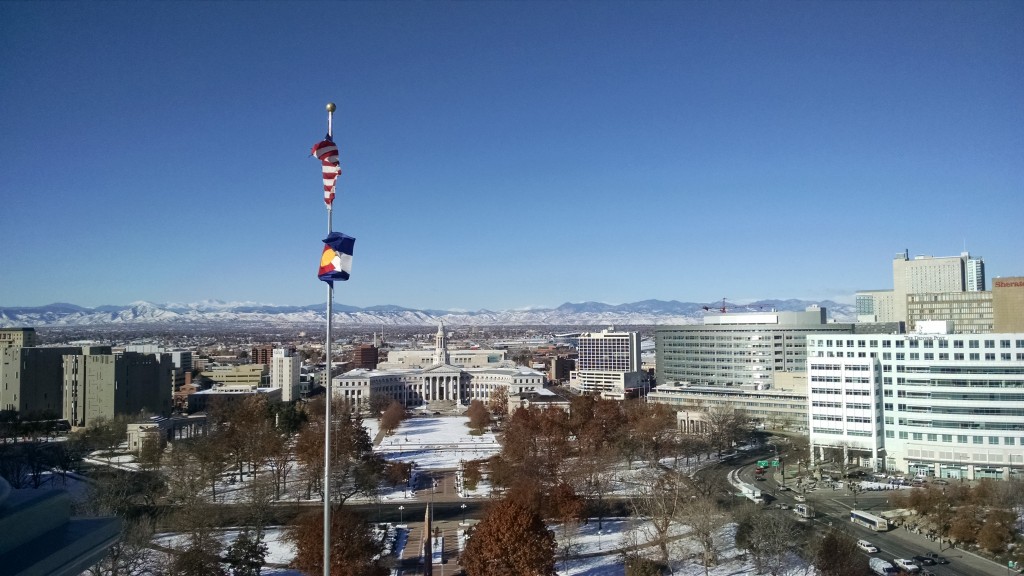
Local Denver and Colorado state leaders shared war stories about the long, difficult road to passing an ambitious package of rail and bus lines, dubbed FasTracks, in 2004. But ten years on, after painful setbacks and recovery from the recession, the region is beginning to see big payoffs, with more to come as a rail connection to the airport, along with other lines, are expected to open in 2016.
Capping it off is the recent opening of the re-imagined Union Station, which we were fortunate to tour. The historic station, with its soaring atrium and classic finishes, has been beautifully restored to accommodate a four-star hotel and an array of local restaurants. Behind it, a new architectural icon was created in the form of sweeping canopies over train platforms that will soon see trains from those new lines as well as Amtrak.
Beneath it 22 bus bays accommodate lines heading in all directions. And all around it new housing and shops – including the first urban grocery stores in two generations – are sprouting to make a home for the talented young workers who are flocking to the city.
“With every big success, we start thinking larger about what we can do next,” said Kelly Brough, president and CEO of the Denver Chamber of Commerce. “Union Station is really our project that has us dreaming larger than we were before its opening.”
Our huge thanks go out to everyone who participated in Capital Ideas last week — from our Denver hosts to the participants and the speakers and all the people who made it happen.
The event was a tremendous success. Not just because a good number of people decided to brave subzero temperatures and travel to Denver for a meeting, but because all we heard is an affirmation of what we believe about the exciting possibilities for action at the state level. There will still be important battles to fight here in Washington, and we’re not going anywhere, but the conversations we had last week with people representing more than half the states in the U.S. are strong reminders of all the tantalizing possibilities at the state level to actually get important things done in the years to come.
We’re jazzed to be part of that work, and hope that anyone interested in learning more will join our state network of advocates. It’s free, and we hope it can be a powerful resource to effect change in the states in 2015. See you there.





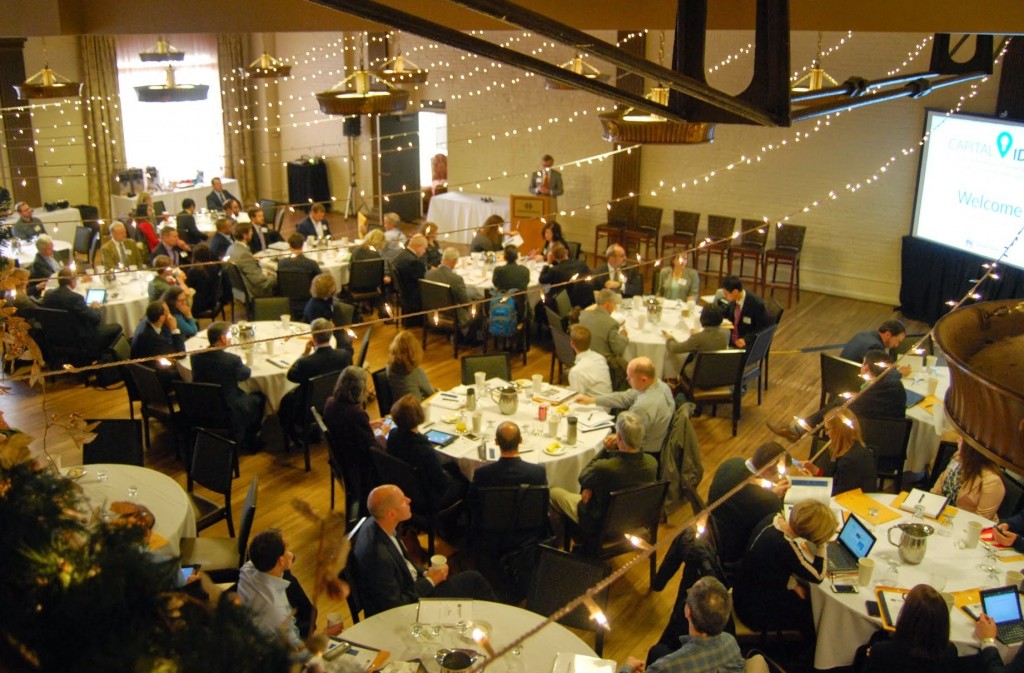
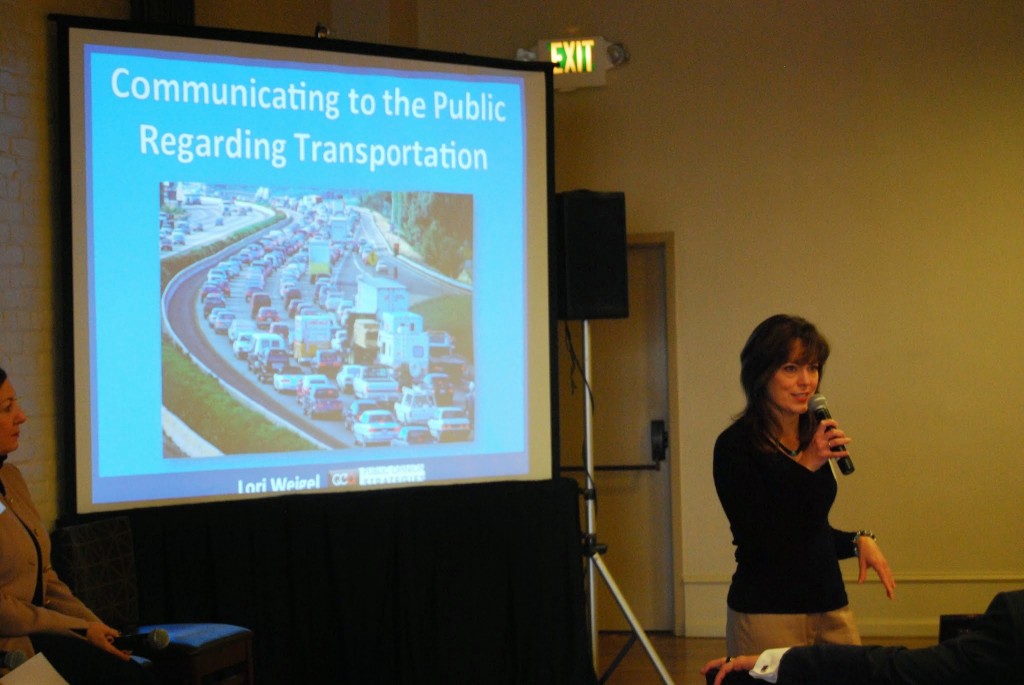
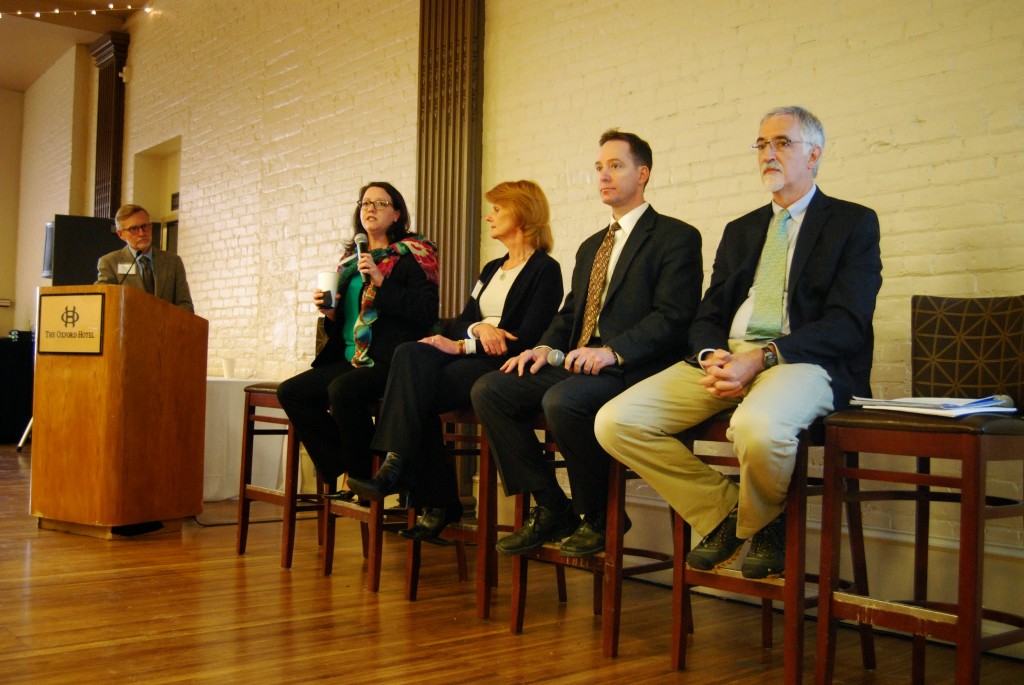
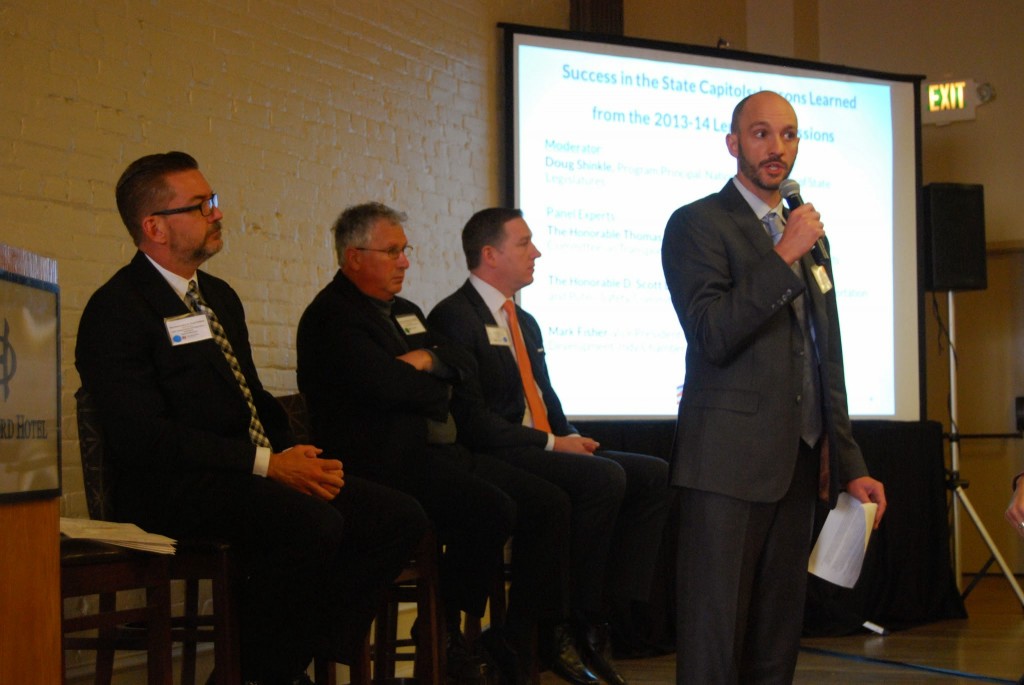
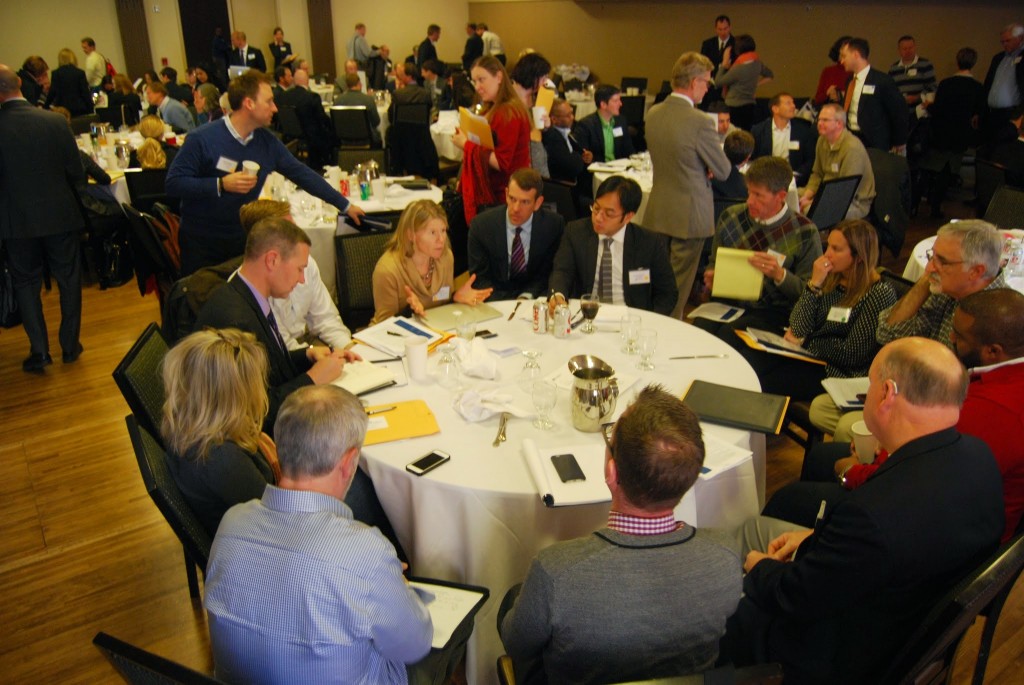
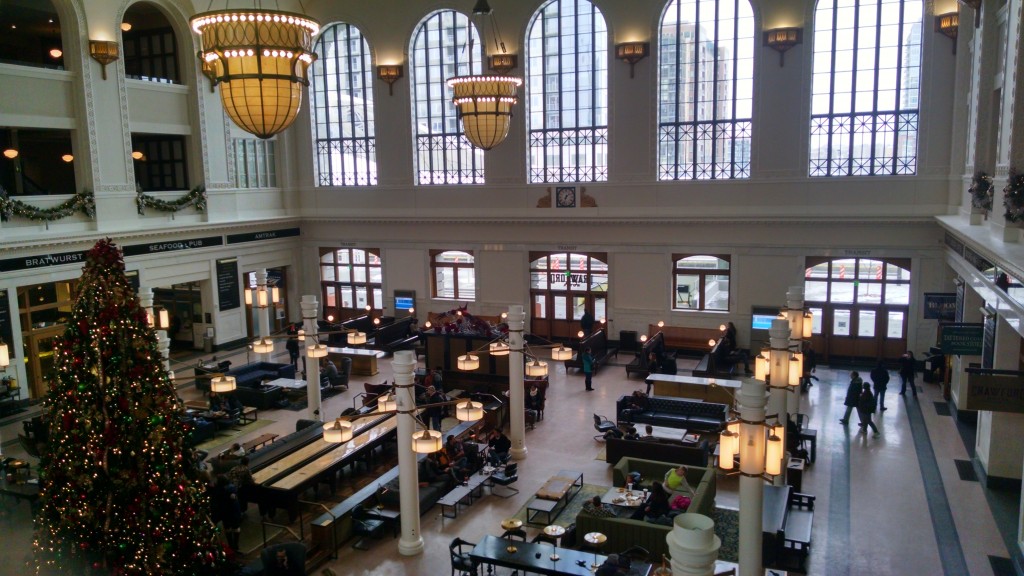
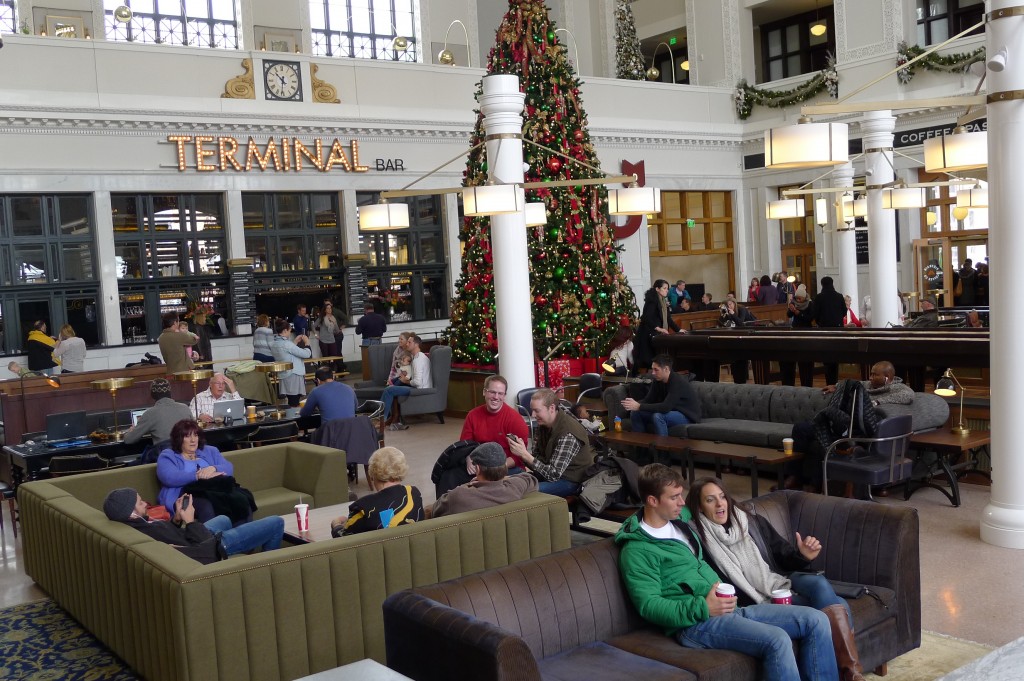
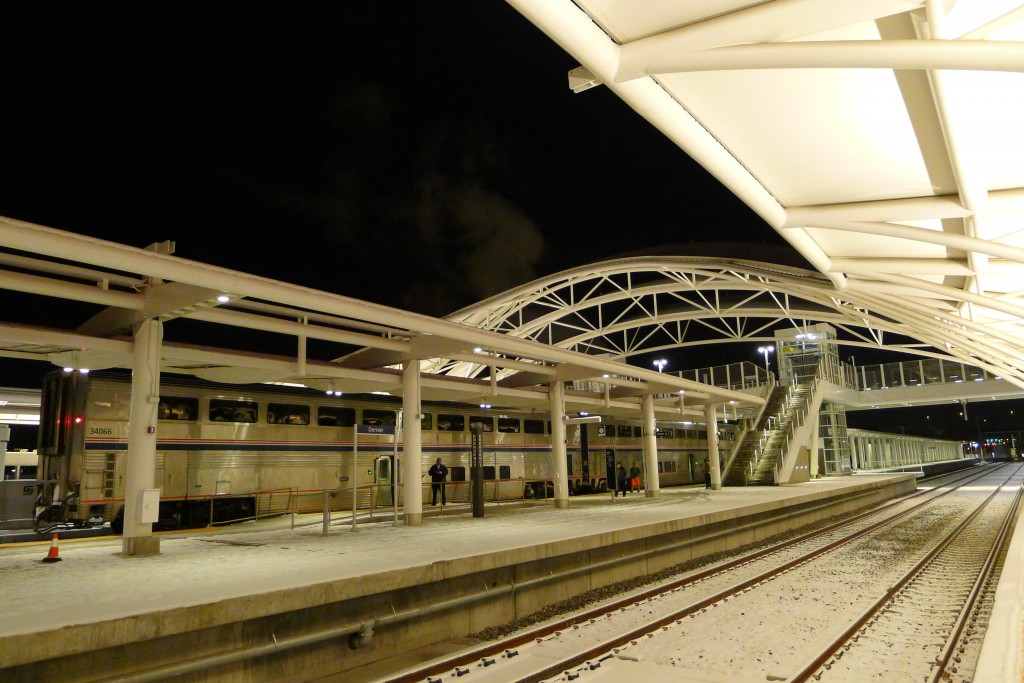















Pingback: Today’s Headlines | Streetsblog USA